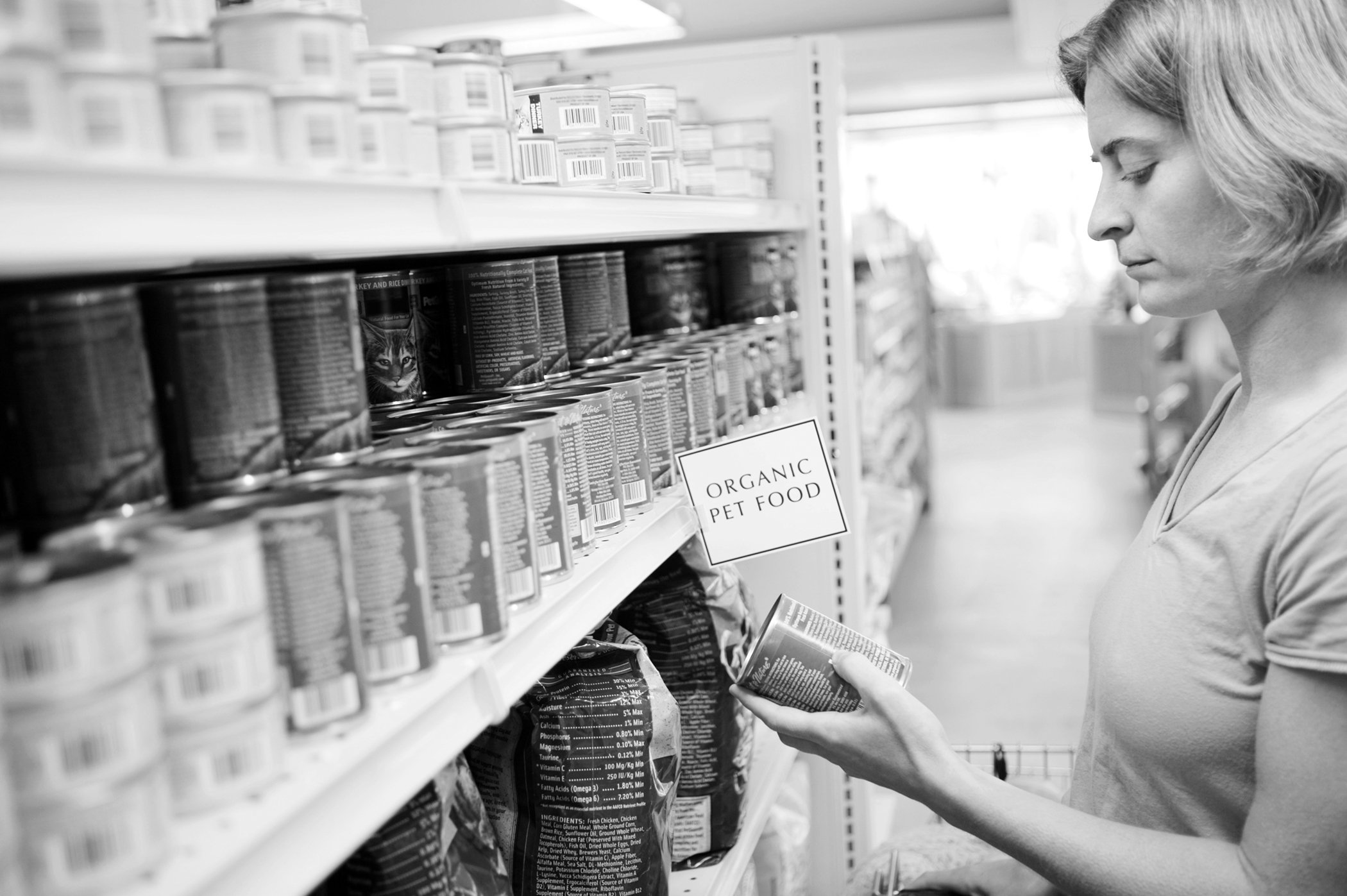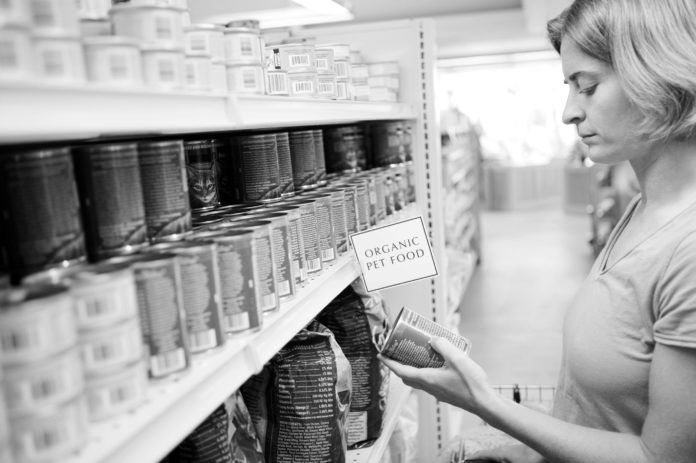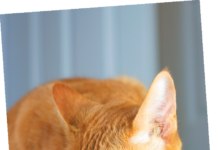Thinkstock

You may regard your cat as a truly extraordinary creature — and even like a family member — and she may indeed be special in terms of her coloring, temperament, distinctive behavioral patterns and so forth. But in at least one respect, there’s nothing at all unique about her. Like all other cats, big or small, male or female, playful or aloof, her good health depends on her consumption of a nutritionally sound and palatable daily diet.
But can you determine which food is best for her by reading the labels on the seemingly countless cans and bags of cat food displayed on the shelves of your local supermarket or “pet boutique’? Not really, according to Cailin Heinze, VMD, Assistant Professor of nutrition in the Department of Clinical Sciences at the Cummings School. Indeed, she says, “The label may not give you the truly vital information that you need, such as caloric content, the overall nutritional quality of the ingredients or the manufacturer’s quality-control standards. Basically, the label isn’t going to tell you very much that’s really important.”
Regulation of cat food labels
Cat food labeling is regulated on two levels — federal and state. On the federal level, the labeling regulations are enforced by the U.S. Food and Drug Administration; these regulations require proper identification of the product; a net quantity statement, the manufacturer’s name and address; and an appropriate listing of ingredients. On the state level, most states have adopted labeling regulations developed by the Association of American Feed Control Officials (AAFCO). These regulations cover such matters as the name of the product, a guaranteed analysis of the food’s nutritional adequacy, and feeding directions. In order to be labeled “complete and balanced,” all commercial cat foods must comply with the standards published by AAFCO.
“The only time the FDA gets involved,” says Dr. Heinze, “is when it comes to matters of an animal’s health or safety — if a food is found to be deficient in vitamins or to contain excessive amounts of nutrients or contaminants that would make an animal sick. In that case, the FDA would become involved and there would possibly be a recall order. So, absolutely, the only thing on a label that gives you any information about the nutritional adequacy of the food is the AAFCO statement.”
Seeking the gold standard
In addition to the “complete and balanced” declaration on a can or bag of cat food, owners should also take note of two other types of AAFCO statements that will appear on a label. One will declare that the food is constituted to meet the nutritional needs of either young cats that are still growing, of adult cats, or of cats of all ages. “This means,” says Dr. Heinze, “that the food has actually been fed to cats or kittens in a controlled situation and that the animals have remained healthy. That is the gold standard for cat food right now.”
The third AAFCO statement may state that the cat food is intended solely for intermittent and supplemental feeding. “This basically means that the food should be given as a treat only — less than 10 percent of the animal’s daily caloric intake,” says Dr. Heinze. “If you feed it as the main diet on a routine basis, your cat is going to end up with nutritional problems. Unfortunately, these foods may appear to be marketed as complete diets in other ways, and the statement is often in very small print.”
Regarding the required statement of guaranteed analysis, Dr. Heinze points out: “The only things that are required by law are the minimum percentages of protein and fat in the food and the maximum percentages of moisture and crude fiber. But these are only minimums and maximums, and the actual products can vary quite a lot, depending on the manufacturer. So the statement of guaranteed analysis on the label doesn’t really tell you very much. And you can’t use this information in order to compare diets, especially to compare canned and dry diets. There’s almost no nutritional information that the average consumer can really glean from the statement without doing some complicated math.”
Seek advice from your vet
Dr. Heinze urges owners to consult their veterinarian regarding the ingredients and quantity of the food that they should routinely feed their cats, and to avoid relying on diet-related information that they might come across on the Internet. In addition, she advises: “Definitely stay away from the really flashy, heavily-marketed products. Avoid foods whose packaging claims that ‘this is the best diet ever made’ or ‘this diet will prevent cancer’ or anything else that sounds too good to be true. Every company these days, it seems, markets its foods as if they were the best products ever.
“They can call them ‘premium,’ ‘ultra-premium,’ or ‘super-mega-premium’ — but those terms actually mean nothing, since there are no regulations for such claims. And keep in mind that a product’s cost is no indication of its quality, either. There are some very, very expensive foods out there that I would never feed to my cats.”
The most important things to look for on the label, Dr. Heinze says, are the AAFCO nutritional adequacy statement and the name of the manufacturer of the food, “so that you can contact the company to find out more about their diets and quality-control procedures.” — Tom Ewing




